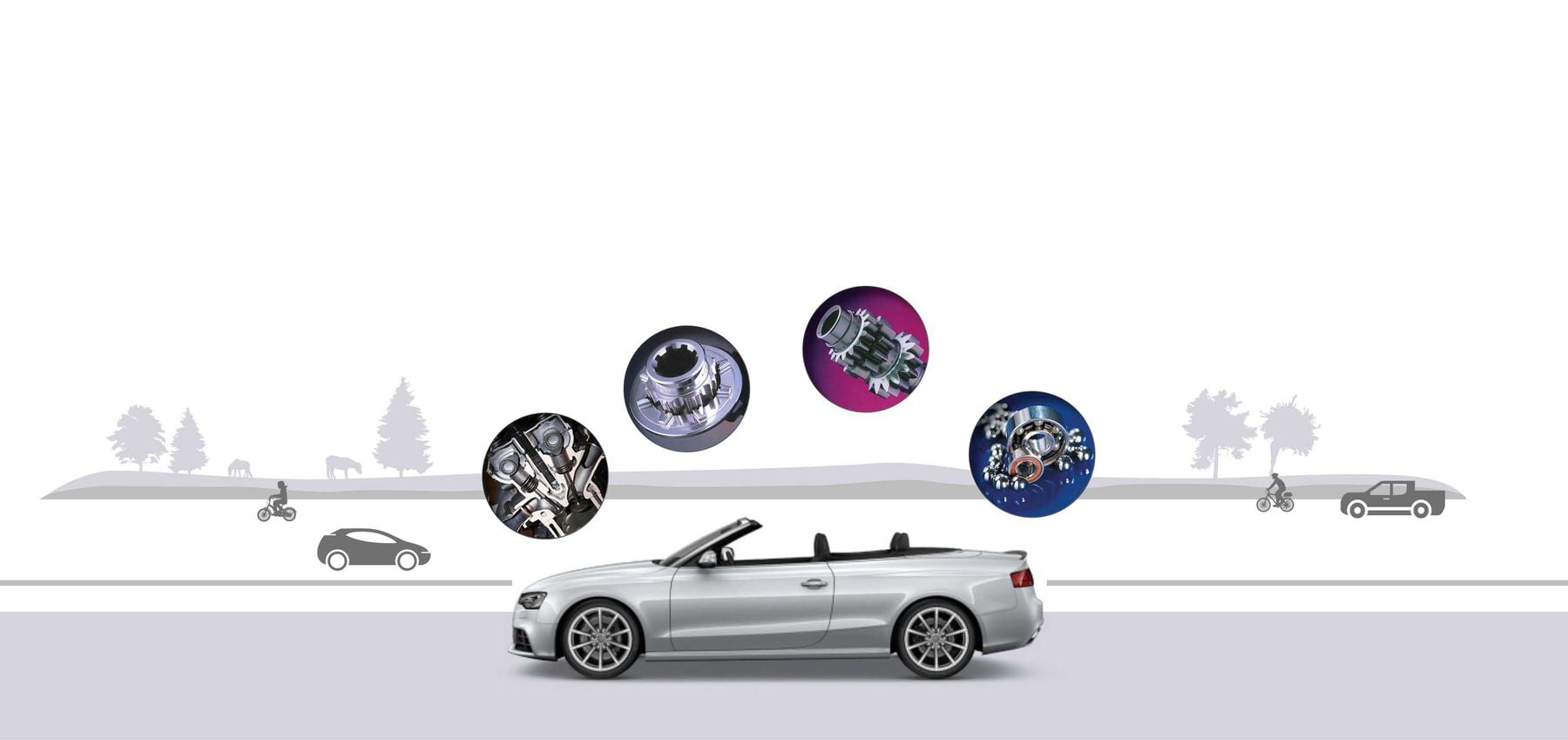Neurological conditions, often referred to as disorders of the nervous system, are ailments that primarily affect the brain, spinal cord, and peripheral nerves. They result from various causes ranging from genetic disorders to severe injuries. And their impact can be physically and psychologically profound.
These conditions can impose significant challenges to an individual’s ability to work, learn, communicate, and engage in many of life’s pleasures. For that, Dr Julian Sargon-Ungar will discuss some common neurological conditions that people may encounter in their daily lives.
Alzheimer’s Disease
As the most prevalent neurodegenerative disorder, Alzheimer’s disease affects an estimated 50 million people globally. This commonly-encountered brain disorder slowly impairs one’s memory and cognitive skill. This can eventually lead to the inability to carry out some simple tasks. It’s recognized by its hallmark symptom — memory loss that disrupts daily life.
Alzheimer’s is not a normal part of aging, despite the common misconception. But the primary risk factor is increasing age, and the majority of people with Alzheimer’s are 65 and older. Medical science is yet to unravel a cure, but treatments focus on temporarily slowing the worsening of dementia symptoms. It also focuses on improving the quality of life for Alzheimer’s sufferers and their caregivers.
Parkinson’s Disease
Coming second in the most common neurodegenerative disorders is Parkinson’s disease. It affects nearly 10 million people globally, an estimate believed to be underreported due to the widespread lack of recognition of its varied symptoms.
Parkinson’s manifests as a movement disorder with symptoms such as shaking limbs, body rigidity, imbalances, and difficulties in walking, but it may also present non-motor symptoms such as cognitive impairments and mood disorders. Again, while there’s currently no cure, treatment options can significantly help manage its symptoms.
Multiple Sclerosis
Multiple Sclerosis (MS) is characterized by the body’s immune system mistakenly attacking the protective covering of nerve fibers, causing communication problems between the brain and the rest of the body. Most people with MS experience their first symptom between 20 and 40 years old, making it prevalent among younger populations compared to Alzheimer’s and Parkinson’s.
MS symptoms vary widely and may include fatigue, difficulty walking, numbness or tingling, muscle weakness, and problems with coordination and balance. There is no cure for MS, but treatments can help for faster recovery from certain attacks and manage disruptive symptoms.
Epilepsy
Epilepsy is a central nervous system disorder characterized by recurrent, unprovoked seizures. An estimated 65 million people worldwide right now live with epilepsy. Notably, epilepsy is not a singular condition but a family of myriad seizure disorders that vary in their causes, types, and treatments.
Thanks to a better understanding of epilepsy and advancements in medicine, as Dr Julian Sargon-Ungar states that about two-thirds of adults diagnosed with epilepsy can become seizure-free with an accurate diagnosis and treatment.
Stroke
Lastly, a stroke occurs when blood flow to a part of your brain is interrupted or reduced. This can deprive brain cells of oxygen and nutrients, which can lead to cell death within minutes. A stroke is a medical emergency that requires swift treatment to minimize brain damage and potential complications.
Upon surviving a stroke, many people then face extensive physical and cognitive rehabilitation. But the good news here is that many cases of stroke today are preventable through lifestyle changes – and in some cases, medication.




